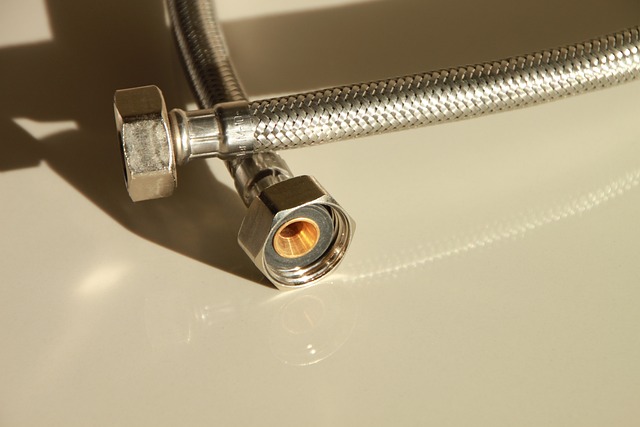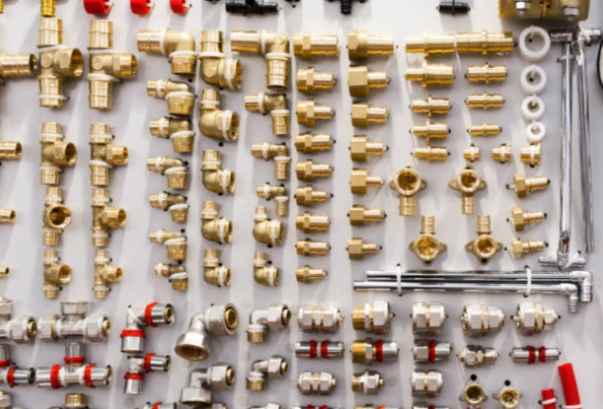A Quick Guide to Hoses and Air Fittings
08 May 2023
Many industrial equipment pieces and tools maximise components that can help them carry out their main operations. Some of these components are hoses and air fittings.
Hoses and air fittings are essential components in industrial settings for transferring air or fluid in industrial and mechanical applications. Hoses are flexible tubes that transfer air or fluids from one location to another. Air fittings, on the other hand, connect hoses, pipes, and other components in pneumatic systems. They ensure that hoses and pipes are connected securely, and that air or fluid can flow freely between components.
Hoses and air fittings are essential components for many industrial and mechanical applications, including air compressors, pneumatic tools, and other machinery that require air or fluid transfer. Here is a quick guide to hoses and air fittings.
Hoses
Hoses are flexible tubes that transfer air or fluids from one location to another. They are often made from a variety of materials, sizes, and lengths to suit different applications.
When selecting a hose, here are some factors you should consider:
• Material: The material of the hose should be chosen based on the type of fluid or gas being transferred, the temperature and pressure of the fluid, and the environment in which the hose will be used. Some materials you can pick are rubber, PVC, nylon, and polyurethane.
• Size: The size of the hose must be picked based on the flow rate required for the application. The inner diameter of the hose is the most important factor in determining the flow rate as larger diameters can provide higher flow rates.
• Length: The hose lengthmust be selected based on the distance between the two points of transfer. You should avoid using a longer hose than necessary, as this can result in pressure drop and decreased flow rate.
• Bend Radius: The bend radius is the minimum radius that a hose can be bent without causing damage or restricting flow. You must opt for a hose with a bend radius that is appropriate for the application to prevent kinking or damage.

Air Fittings
Air fittings, on the other hand, are maximised to connect hoses, pipes, and other components in pneumatic systems. They come in different types and sizes.
When selecting air fittings, you must choose the right type and size for the application. Some notable factorsyou must consider include the pressure and temperature of the system, the type of fluid or gas being transferred, and the size and type of hose or pipe being used.
Some of the most common types of air fittings are as follows.
1. Quick-connect Fittings: Quick-connect fittings can connect hoses and pipes quickly and easily without the need for tools. They can be used in pneumatic tools and air compressors.
2. Threaded Fittings: Threaded fittings are threaded onto pipes and hoses to provide a secure connection. They come in a variety of thread types, including NPT, BSP, and metric.
3. Push-to-connect Fittings: Push-to-connect fittings connect hoses and pipes without the need for tools or clamps. They are commonly used in low-pressure applications.
4. Barbed Fittings: Barbed fittings can be pushed into the end of a hose so they can provide a secure connection. Low-pressure applications can also benefit from these fittings.
5. Compression Fittings: Compression fittings can create a seal between two components by compressing a gasket or ferrule. They are typically used in high-pressure applications.
Hoses and air fittings are essential components in many industrial and mechanical applications. Buying the right hoses and air fittingsfrom a reputable supplier can help you ensure the safe and efficient transfer of air or fluid in your industrial settings.
Optimized by: Netwizard SEO
